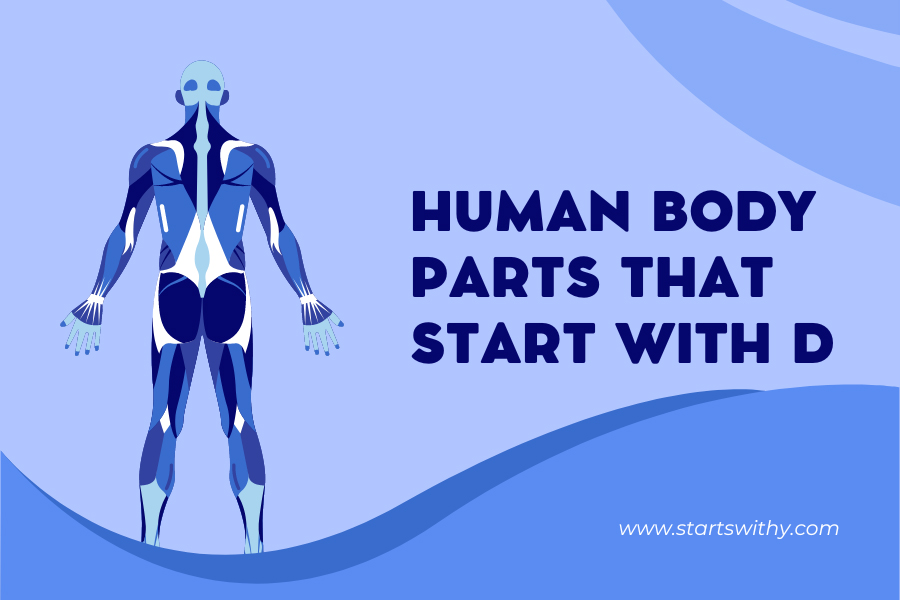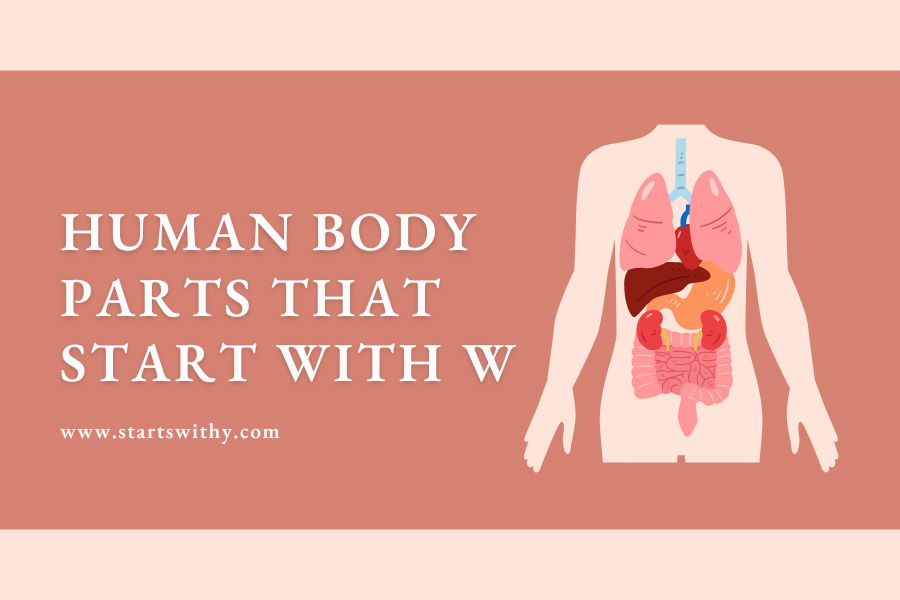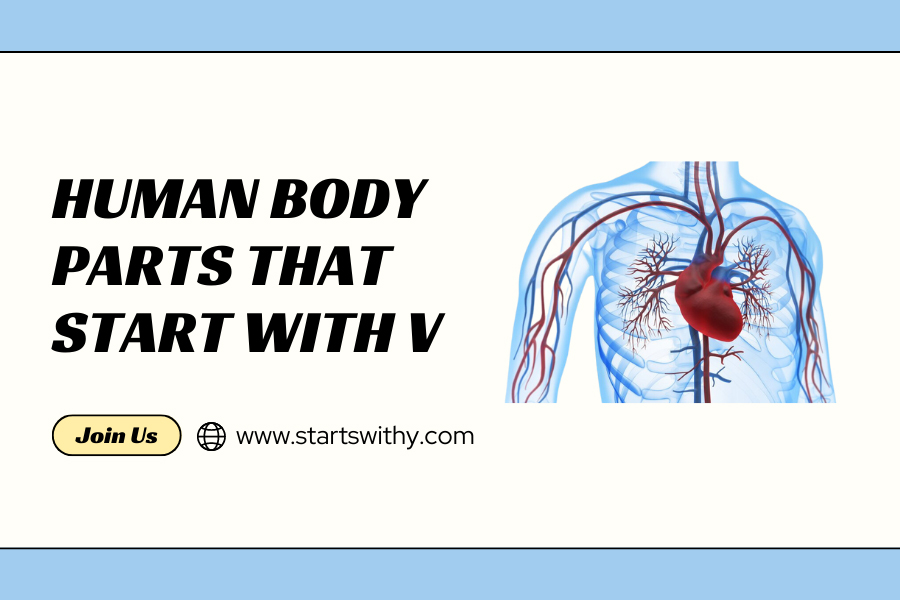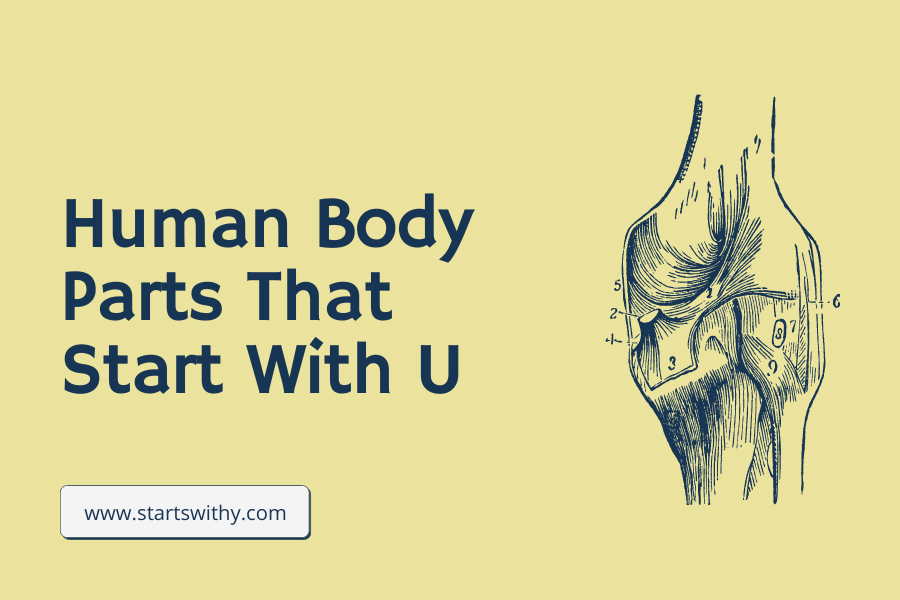Dive into our next installment of this captivating anatomical series, “Body Parts That Start With D.” In this article, we explore the fascinating details of body parts starting with the letter ‘D’, such as the dermis or the duodenum.
This informative piece provides insight into the form, function, and unique attributes of these biological components. Ideal for learners, teachers, or anyone curious about the human body, this exploration continues our alphabetical journey through the intricate world of human anatomy. No matter your background, prepare to delve deeper into the complexities of our remarkable bodies.
Human Body Parts That Start With The Letter D
The human body, an incredible marvel of nature, comprises a myriad of parts and structures that play specific roles to maintain life and wellbeing. Continuing our alphabetical exploration of the body, we now reach “D,” a letter that names many fascinating and critical elements of our anatomy. This article will delve into the body parts that begin with “D,” offering insights into their functionality, significance, and their contributions to our overall health.
Duodenum
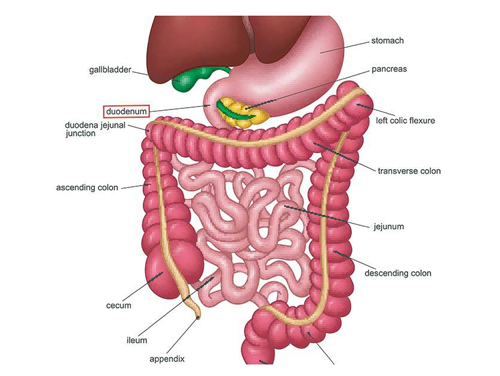
The duodenum, the first part of the small intestine, plays a vital role in the digestion of food. It is the site where partially digested food from the stomach, called chyme, mixes with bile from the gallbladder and digestive enzymes from the pancreas. This process facilitates the breakdown of food into simpler, absorbable forms. The duodenum also plays a role in regulating stomach acid production to prevent damage to the intestines.
Dermis
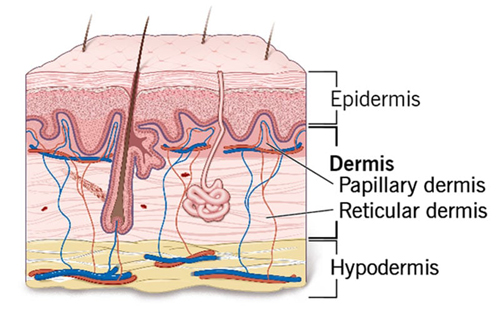
The dermis is the layer of skin found beneath the outermost layer, the epidermis. It contains tough connective tissue, hair follicles, and sweat glands. The dermis gives the skin its flexibility and strength, and it is responsible for many of the sensations we feel because it is rich in nerve endings. It also plays an essential role in thermoregulation through sweat production and blood flow regulation.
Deltoids
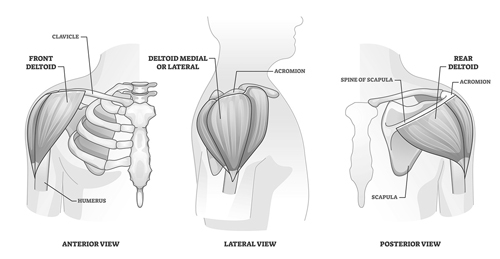
The deltoids are large, triangular muscles covering the shoulder joints that contribute to the rounded contour of the upper arm. The deltoid muscle is divided into three parts – the anterior, middle, and posterior fibers, each contributing to a different type of arm movement. They are crucial for various movements of the shoulder joint and provide the strength for lifting and rotating the arm.
Diaphragm
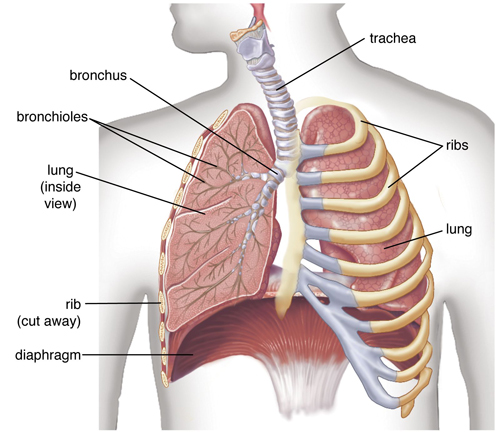
The diaphragm is a thin skeletal muscle that sits at the base of the chest and separates the abdomen from the thorax (chest). It plays a critical role in respiration: as it contracts, the volume of the thoracic cavity increases, creating a negative pressure within the chest that draws air into the lungs.
Digits
The term “digits” refers to the fingers and toes in the human body. Each digit, whether on the hand or foot, is an essential tool for touch, grasping, balance, and mobility. The fingers allow for precise manipulation, enabling actions such as writing, typing, and grasping objects, while the toes provide balance and support when standing and walking.
Dendrites
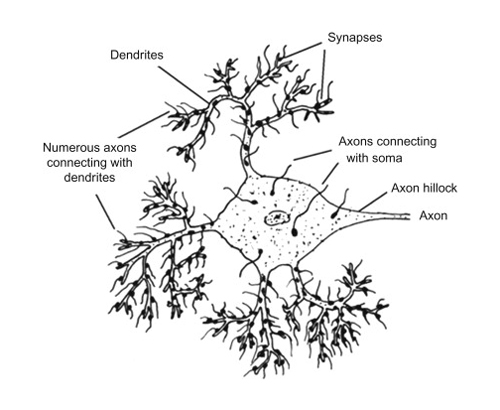
Dendrites are the segments of a neuron that receive stimulation to cause the cell to become active. They conduct electrical messages to the neuron cell body for the cell to function. Dendrites are essential for neural communication, and their structure can be influenced by the activity or lack thereof, playing a role in learning and memory.
Dura Mater
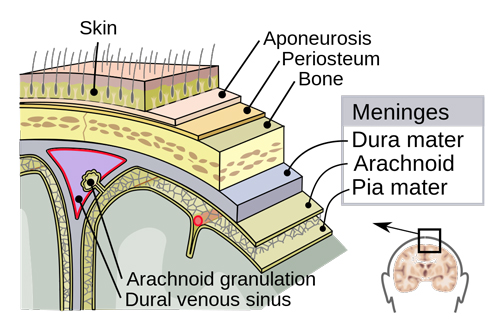
The dura mater is the outermost of the three layers of the meninges that surround the brain and spinal cord. This thick and dense membrane provides a protective coat, helps support the brain, and plays a significant role in supplying blood to the skull and the scalp.
DNA

Although not a “body part” in the traditional sense, DNA (Deoxyribonucleic Acid) is a crucial component of all human cells, and thus warrants a mention. DNA contains the genetic instructions for the development, functioning, growth, and reproduction of all known organisms. It carries the information necessary to build and maintain an organism, in the form of genes.
Ducts
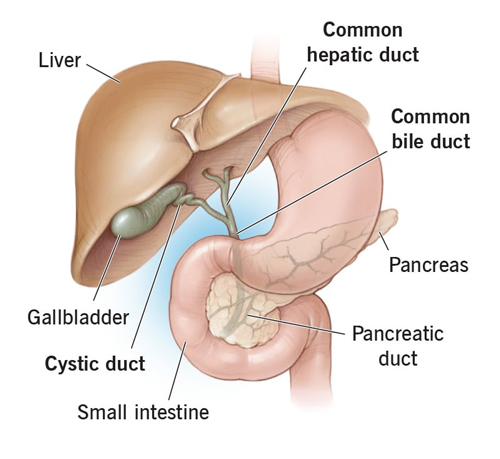
Ducts in the human body are tube-like passages that transport substances from one place to another. Some examples include bile ducts, which carry bile from the liver and gallbladder to the duodenum, and the pancreatic duct, which takes digestive enzymes from the pancreas to the same location. Ducts play a critical role in many bodily functions, particularly in digestion and waste disposal.
Digital Nerves: Feeling the World at Your Fingertips
Imagine tiny filaments woven into your fingers, sending messages of touch, temperature, and pain to your brain – that’s the wonder of the digital nerves. These delicate threads, found in each fingertip, play a crucial role in our experience of the world, allowing us to explore, manipulate, and connect with our surroundings.
Hand showing the location of the major digital nerves in the fingers
- Branching Out: Each digital nerve is a branch of the median nerve or ulnar nerve, reaching the fingertips through the palm and fingers. They further divide into countless tiny branches, ensuring every corner of your fingertip is richly innervated.
- Sensory Symphony: Digital nerves carry various types of sensory information:
- Touch: They allow you to feel delicate textures, pressure, and even the slightest brush against your skin.
- Temperature: Digital nerves sense hot and cold, helping you adjust your grip or avoid uncomfortable temperatures.
- Pain: If you bump your finger, pain signals travel through the digital nerves, alerting your brain to potential harm.
- Protecting the Precious: Tiny capsules called Pacinian corpuscles surround the digital nerves in your fingertips, enhancing their sensitivity to touch and vibration. This delicate system allows you to feel even the subtlest textures and textures, essential for activities like reading Braille or playing a musical instrument.
Ductus: A Bridge for Baby Hearts
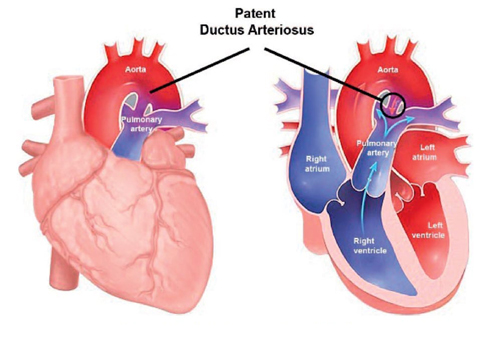
Imagine a temporary bypass connecting two chambers of a newborn’s heart – that’s the remarkable ductus arteriosus. This crucial structure plays a vital role in fetal circulation, ensuring optimal oxygen supply to the baby before birth.
Fetal heart showing the location and function of the ductus arteriosus
- Life Before Lungs: Before birth, the baby receives oxygen-rich blood from the placenta through the umbilical cord. The ductus arteriosus bypasses the uninflated lungs, channeling this blood directly to the aorta, supplying vital oxygen to the body.
- Closure Countdown: After birth, the first breaths inflate the baby’s lungs, allowing them to take in oxygen directly. In a healthy baby, the ductus arteriosus naturally constricts and closes within the first few days or weeks of life. This closure creates the adult anatomy with separate pulmonary and systemic circulation.
- Medical Marvels: Sometimes, the ductus remains partially open, requiring medical intervention. However, modern medicine offers safe and effective procedures to close the ductus and ensure proper blood flow in newborns.
Dura: The Brain’s Bodyguard
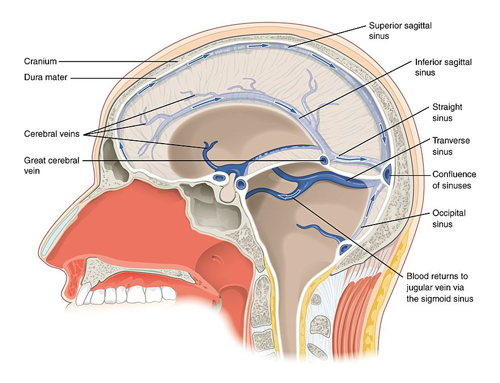
Imagine a tough, fibrous membrane encasing and protecting your brain – that’s the dura mater. This sturdy shield, the outermost layer of the meninges, plays a crucial role in safeguarding our central nervous system from harm.
Meninges showing the dura mater surrounding the brain and spinal cord
- Multilayered Might: The dura mater is not one, but three layers:
- Dura mater externa: The toughest layer, attached to the skull and providing structural support.
- Dura mater interna: Lines the skull and forms the dural sinuses, carrying blood away from the brain.
- Meningeal layer: Lines the brain and spinal cord, providing a smooth surface and additional protection.
- A Shield and a Support: The dura mater protects the brain from physical injury, infections, and pressure changes. It also supports the brain within the skull, preventing it from sagging or shifting.
- Beyond Brawn: The dura mater plays a vital role in maintaining the cerebrospinal fluid, a protective liquid surrounding the brain and spinal cord. It also contributes to venous drainage and immune function within the central nervous system.
Dental pulp
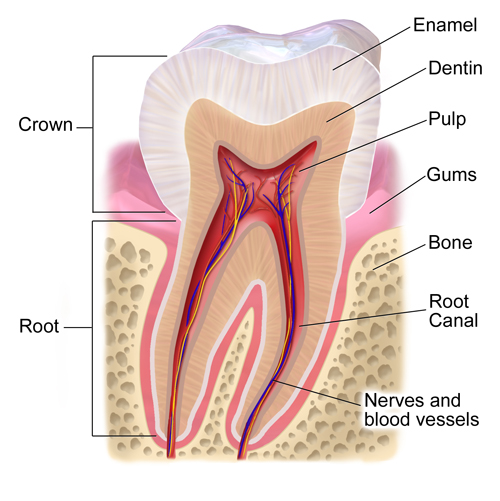
The dental pulp is the part in the center of a tooth made up of living connective tissue and cells called odontoblasts. The pulp is a critical component of tooth health, containing the blood vessels, nerves, and lymphatic vessels, responsible for nourishing the tooth and sensing pain.
List of Human Body Parts Starting with D
| Descending Aorta | Diaphragm | Digital Nerves |
| Ductus | Dura | Dura, Cranial |
| Dura, Spinal | Duodenum | Dermis |
| Dental pulp | DNA | Dura Mater |
| Dendrites | Deltoids | Digits |
| Ducts |
Conclusion
The journey through the parts of the human body beginning with “D” has revealed several critical components, from the duodenum, vital for digestion, to the dendrites, essential for neural communication. The exploration underscores the complexity of the human body and the myriad pieces that work in harmony to keep us alive and well. It truly is a remarkable reminder of the intricate network of structures and systems that shape our physical existence.
Human Body Parts That Start With
A | B | C | D | E | F | G | H | I | J | K | L | M | N | O | P | Q | R | S | T | U | V | W
